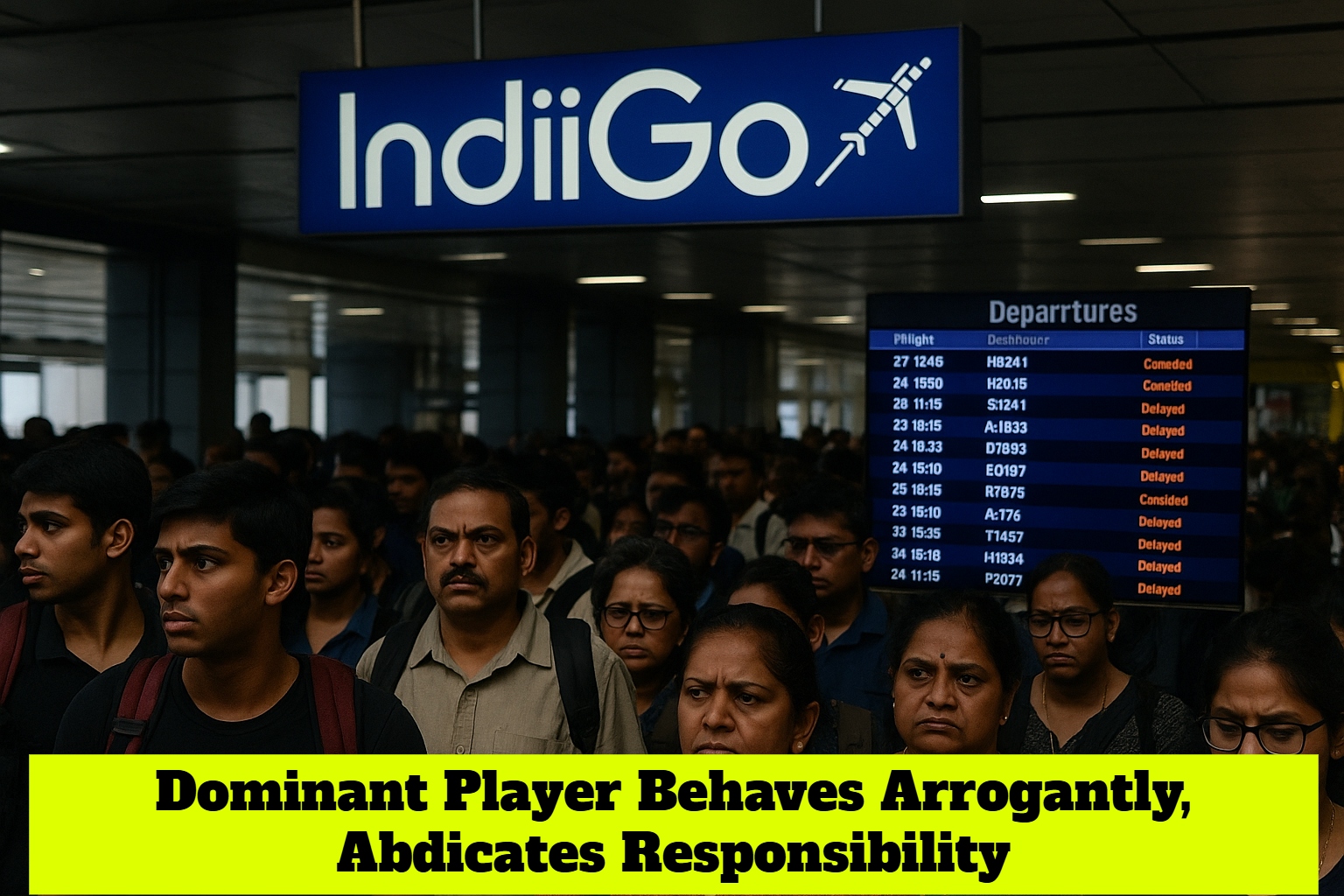

By Our Editorial Team
First publised on 2022-02-07 08:34:08
Amidst the raging controversy over the wearing of hijab to college in Karnataka, the state government's decision to invoke Section 133 (2) of the Karnataka Education Act which says that uniform style of clothes have to be worn compulsorily may be right if one considers just the legal point of view. Discipline has to be maintained is all educational institutions. A uniform is prescribed because it creates a sense of belonging and pride when all students, irrespective of class, creed or economic status, dress similarly. But when the government order goes on to say that "in the event of the (college) administrative committee not selecting a uniform, clothes which disturb equality, integrity and public law and order should not be worn", then it does not seem that the matter is limited just to uniforms.
How is wearing a hijab against equality, integrity and public law and order? Muslim girls have been attending classes wearing the hijab for long time. What has changed suddenly to ask them to stop? In fact, it is seen that in many schools across India, Muslim girls are allowed to wear slacks in addition to the skirts prescribed in school uniforms as Islam asks girls to dress modestly and some may choose not to display bare legs. Also, since the hijab is a head scarf and does not cover the face, it does not go against security protocols. It was also disturbing to note that Hindu students started wearing saffron scarves or duppattas after the controversy erupted, something which they have never done in the past, giving a hint that the issue was taking a different turn.
It is sad that the atmosphere of intolerance in the country is now taking a toll on the education of girls. Legally, the question is whether the hijab comes under essential religious practice and it will be decided by the Karnataka HC when it takes up a plea that argues that banning hijab violates Article 25 of the Constitution. But going beyond the legal position, the main question is why put a ban on something that has been allowed for so long? Schools and colleges have to be flexible in allowing students to wear something that does not change the basic concept of the uniform but is an addition dictated either by religious practice or the customs of the region where they are based.
picture courtesy:onmanorama.com











